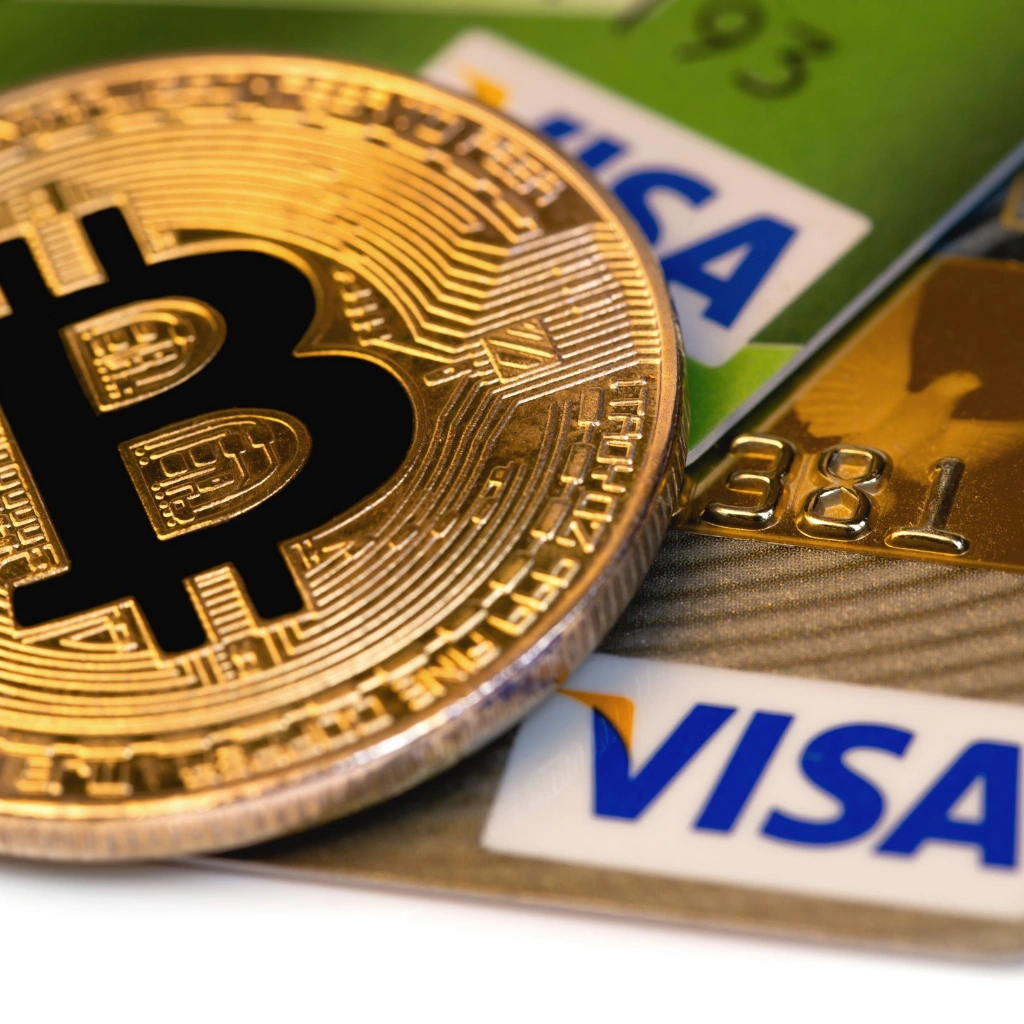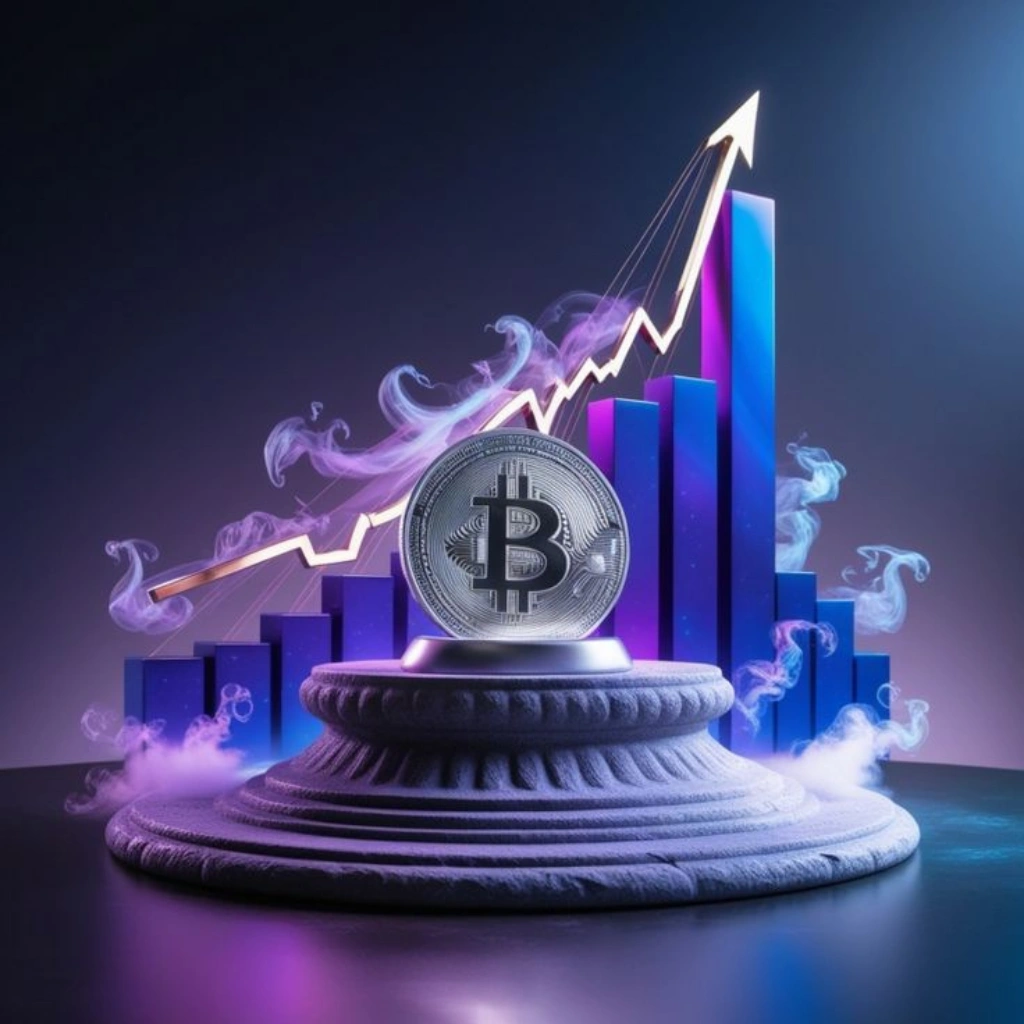What is gold tokenization, and why is it relevant in Indonesia today?
Gold tokenization Indonesia refers to converting physical gold into blockchain-based digital tokens. Each token represents ownership of a certain quantity of real, secured gold—typically stored in certified vaults. In 2025, this process is rapidly gaining relevance in Indonesia due to rising interest in decentralized finance, digital asset ownership, and low-barrier investment tools. With gold historically seen as a safe-haven investment in Indonesian culture, tokenization introduces a new, digital way for people to access this asset without the need for physical handling. The tokenized format allows users to buy, sell, or store gold instantly via blockchain networks, often using only a mobile app. It’s a timely evolution, bridging trusted tradition with cutting-edge Web3 tools, and it fits especially well within Indonesia’s growing digital economy.
How does tokenized gold work within the Web3 ecosystem?
Within the 2025 Web3 ecosystem, tokenized gold functions as a bridge between traditional financial instruments and decentralized technologies. When physical gold is secured in a vault, a corresponding number of tokens are minted on a blockchain, each backed by the real asset. These tokens can then be moved across wallets, traded on decentralized exchanges (DEXs), or deployed in DeFi protocols. What makes this powerful is the programmability: smart contracts allow gold tokens to be used in automated savings plans, loan contracts, or even insurance policies—all without centralized intermediaries. In gold tokenization Indonesia, this means local users can now interact with gold in ways never before possible—such as borrowing stablecoins using gold tokens as collateral or participating in yield-generation platforms. It transforms gold from a static store of value into an active, participatory financial tool within Web3.
What are the practical advantages of tokenized gold for Indonesians in 2025?

Source: Reuters
In 2025, Indonesian investors increasingly turn to tokenized gold as both a wealth preservation tool and a gateway to digital finance. One of the most practical benefits is accessibility. Instead of purchasing gold in large quantities, users can now buy fractional amounts—sometimes as little as 0.001 grams—through blockchain apps. This democratizes access, especially for younger investors and those in rural or semi-urban areas. Additionally, tokenized gold is liquid: investors can buy or sell 24/7 without relying on traditional brokers or physical shops. It also offers full transparency through blockchain records, allowing users to verify gold reserves backing their holdings in real time. With inflation concerns and currency fluctuations affecting savings decisions, tokenized gold offers an attractive hybrid—anchored in value but fluid in form, offering security, flexibility, and digital efficiency.
Is gold tokenization safe and regulated in Indonesia as of 2025?
Security and regulation are central to gold tokenization Indonesia in 2025. On the security side, top platforms are partnering with accredited custodians to store physical gold in insured, audited vaults—often located in Indonesia or neighboring jurisdictions. These custodians issue proof-of-reserves documents that are either publicly shared or verifiable on-chain, building trust and transparency. On the digital side, blockchain protocols supporting gold tokens are increasingly using open-source, audited smart contracts to ensure that users are protected against tampering or technical failure. Regarding regulation, Indonesia’s Commodity Futures Trading Regulatory Agency (BAPPEBTI) has made notable progress in establishing legal parameters for tokenized commodities. While not yet fully standardized, frameworks are emerging that recognize gold tokens as legitimate investment products, with licensing and reporting requirements in development. In this landscape, investors are advised to choose platforms with transparent custody, regulatory disclosure, and independent audits.
How does tokenized gold differ from digital gold services offered by traditional banks?


The main difference lies in ownership rights and technological openness. When users buy “digital gold” from banks or fintech apps, they’re often limited to in-platform trading, without the option to withdraw or use their holdings outside the app. These systems rely on centralized infrastructure and don’t always offer transparency over reserve backing. In contrast, gold tokenization Indonesia in 2025 operates through decentralized blockchain systems. Users actually hold gold-backed tokens in their own wallets, giving them full control. These tokens can be transferred peer-to-peer, used on decentralized apps (dApps), or stored offline in cold wallets. The system is transparent, interoperable, and not limited to one provider’s ecosystem. This marks a major shift in how Indonesians think about asset ownership—it’s not just about access, but about autonomy and verifiability, both of which are lacking in traditional digital gold products.
Can investors in Indonesia earn passive income from tokenized gold?

Source: Trading Economics
Yes, and this is one of the most exciting developments in 2025. Through tokenized gold in decentralized finance, investors in Indonesia can now put their gold holdings to work. Gold tokens can be staked to secure networks, provided as collateral in lending protocols, or deposited in liquidity pools where they generate trading fees or reward tokens. While traditional gold ownership typically means storing value passively, tokenized gold allows that same value to be productive. This is especially appealing in Indonesia, where interest rates remain modest and inflation continues to affect savings. Passive income options through gold tokens—while still requiring risk assessment—give investors a hybrid approach: the stability of gold plus the earning potential of Web3. However, it’s crucial that users understand the platforms they’re using, assess smart contract risks, and stay informed about the protocols they interact with.
What’s the 2025 outlook for gold tokenization in Indonesia?

Source: Bernard Marr & Co
The outlook for gold tokenization Indonesia in 2025 is optimistic but still developing. With strong cultural attachment to gold, rising mobile connectivity, and growing crypto adoption, Indonesia is uniquely positioned to lead in this space within Southeast Asia. Several local fintech companies and blockchain startups are already exploring integrations of tokenized gold into e-wallets, savings tools, and even cross-border remittance services. At the same time, regulators are increasing their focus on balancing innovation with investor protection. As digital literacy improves, and as real-world use cases multiply—such as automated zakat (alms) payments using gold tokens or cross-platform gold lending—we can expect tokenized gold to move from being a niche offering to a mainstream financial option. 2025 may be remembered as the year when Indonesia began reimagining gold ownership—not as a relic of the past, but as a dynamic, digital asset for the modern economy.
Conclusion: In 2025, Gold Tokenization in Indonesia Bridges Heritage and Web3
As we move deeper into 2025, gold tokenization Indonesia stands at the intersection of cultural trust and digital transformation. For a country where gold remains deeply woven into household finance, the emergence of tokenized models provides a fresh yet familiar path forward. Whether it’s for inflation protection, DeFi participation, or simple cross-border value transfer, gold tokens give Indonesians control and clarity over their assets in ways never previously available. This evolution isn’t about replacing traditional values—it’s about reinterpreting them for the Web3 age. As platforms mature and regulation solidifies, tokenized gold could become a cornerstone of Indonesia’s future financial identity.




